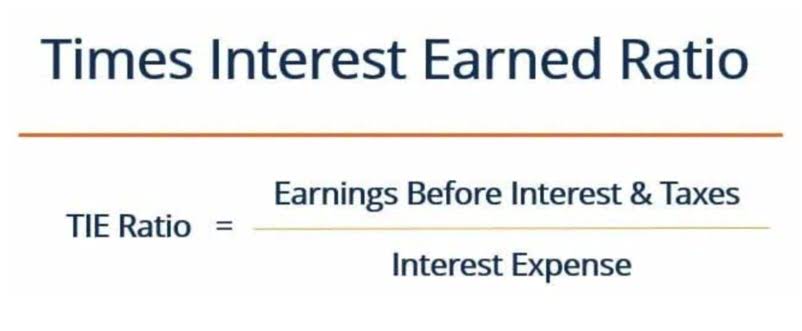
Liabilities, on the other hand, represent what your organization owes to others. Return to the Internal Reports Introduction page using the link below for greater detail on how to read various reports as well as recommended formatting. Fixed Assets contain buildings, vehicles, furniture and large equipment and their accumulated depreciation, which helps you determine the net value of your fixed assets. Moreover, statement of financial position non profit the new classes simplify the treatment of assets in the Statement of Financial Position. It now focuses on the existence or absence of donor imposed restrictions instead of the types of restrictions. Your team needs to spend countless hours entering receipts, invoicing clients, running payroll, and reconciling your books BEFORE you can get the reports you need to run your business the right way.
- An accountant can help you categorize these funds and provide you with accurate information as to how much your organization has available to use for future projects, fundraisers, charity events, etc.
- The purpose of the notes in nonprofit financial statements is to provide additional information and explanations that are not included in the main financial statements.
- If that is not clear, then the expenses should be reported in the period in which they are used up.
- Then, these numbers are organized into the three sections of the report (assets, liabilities, and net assets).
- They provide valuable insights into the organization’s financial position, revenue sources, expenses, and cash management.
In addition to unrestricted net assets, nonprofit organizations may also have restricted net assets. Restricted net assets are funds that are designated for specific purposes by donors or other external parties. These funds are subject to restrictions and can only be used for the specified purposes. It is important for nonprofits to track and report on both unrestricted and restricted net assets to ensure transparency and accountability. Nonprofit financial statements are reports that show what an organization owns (assets), what it owes (liabilities), and how it uses its funds.
What’s Included on the Statement of Financial Position?
On the Statement of Financial Position, your assets break down into current assets, fixed assets, and other assets. Assets are typically arranged in order of liquidity, which reflects their ability to be readily converted into cash. When you’re a Pro, you’re able to pick up tax filing, consultation, and bookkeeping jobs on our platform while maintaining your flexibility. Knowing the right forms and documents to claim each credit and deduction is daunting.
Nonprofit organizations face various risks and uncertainties that may impact their financial stability and ability to achieve their mission. By disclosing these risks, organizations can inform stakeholders about the potential challenges they may face and the steps they are taking to mitigate them. In the Operating Activities section, the statement shows the cash flow from the organization’s ongoing, regular business activities. This includes cash received from customers, cash paid to suppliers and employees, and other operating cash flows.
General Ledger Accounts and Chart of Accounts
The Statement of Cash Flows shows the cash inflows and outflows from operating, investing, and financing activities of a nonprofit organization over a specific period. It helps assess the organization’s cash flow and its ability to meet its financial obligations. The operating activities section of the Statement of Cash Flows provides valuable insights into the day-to-day financial operations of a nonprofit organization. It outlines the cash inflows and outflows that are directly related to the organization’s core activities. The Changes in Net Assets section of the Statement of Activities provides valuable information about the financial health and sustainability of a nonprofit organization. It shows how the organization’s net assets have changed over a specific period of time.

